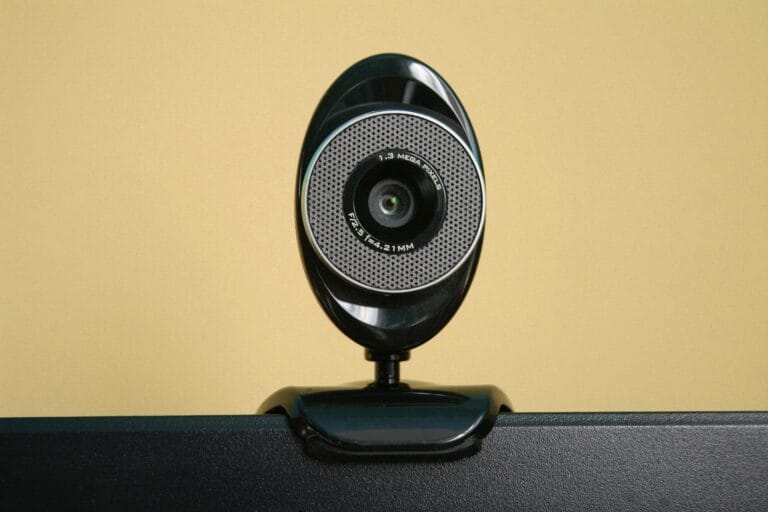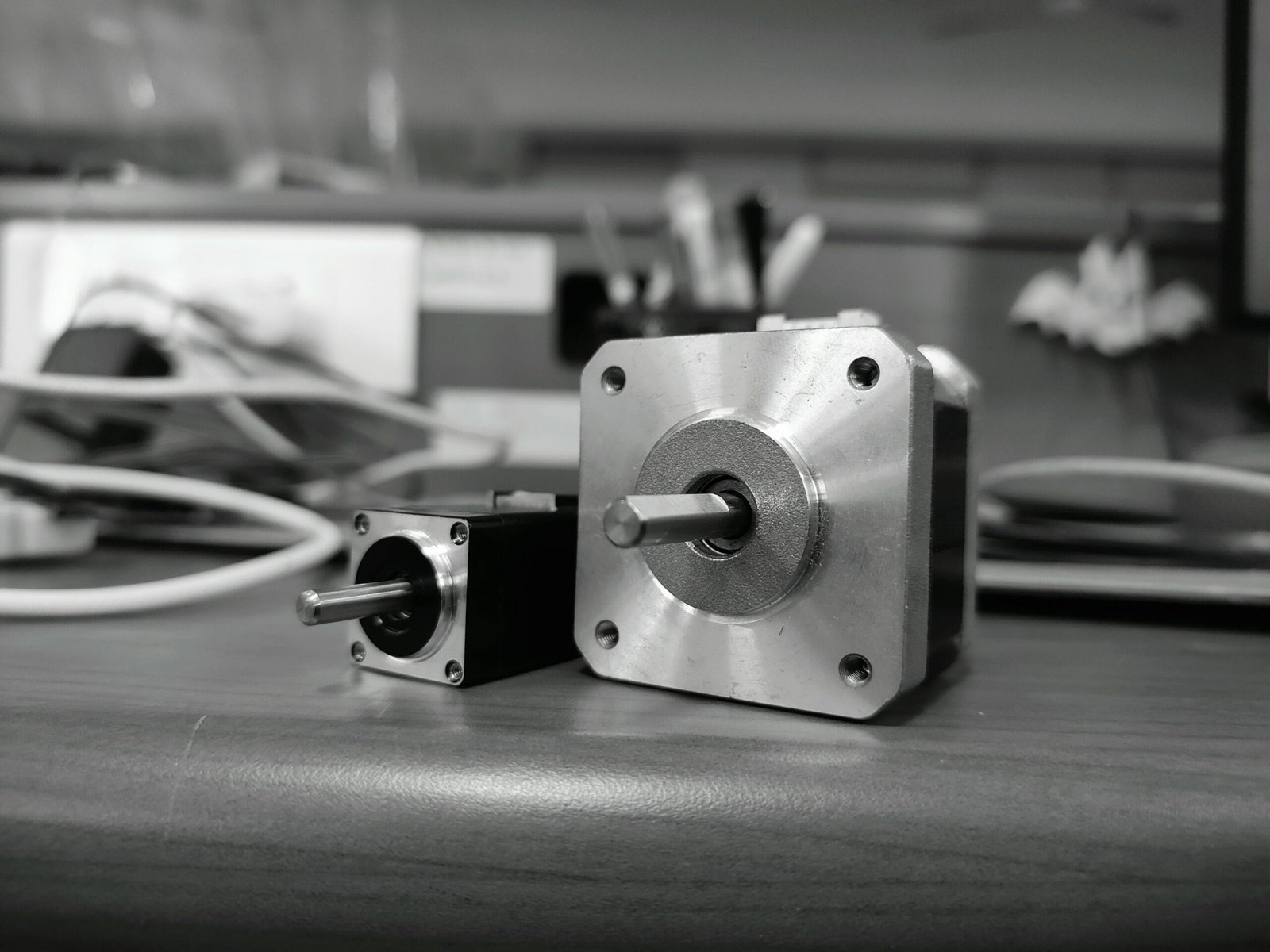Introduction to Used Laptops
In recent years, the trend of purchasing used laptops has gained significant traction among consumers. This shift reflects a broader movement within the electronics market, where individuals are increasingly turning towards pre-owned devices as practical alternatives to brand-new options. The rising popularity of used laptops can be attributed to various economic factors, such as increasing prices of new technologies, budget constraints, and a growing awareness of the advantages of refurbished products.
Economic considerations play a crucial role in the decision to buy used laptops. With advancements in technology occurring at an unprecedented pace, many individuals find that last year’s models still perform admirably, making them a viable choice for budget-conscious consumers. By opting for a pre-owned laptop, buyers can enjoy considerable savings without compromising on performance or features. This economic rationale is further endorsed by the ability to find high-quality devices that meet the diverse needs of users, from casual browsing to more demanding applications.
Additionally, there are notable environmental implications associated with the purchase of used electronics. The production of new laptops involves substantial energy consumption and resource extraction, contributing to environmental degradation. By choosing to buy used laptops, consumers can effectively extend the lifecycle of electronic devices, reducing e-waste and promoting sustainability. This choice not only alleviates the demand for new products but also fosters a more circular economy, where devices are reused and recycled, thus minimizing the ecological footprint.
Overall, the trend of purchasing used laptops reflects a convergence of economic wisdom and environmental responsibility, making it an attractive option for a diverse range of consumers in today’s market.
Cost Savings Compared to New Laptops
One of the most compelling reasons to consider purchasing a used laptop is the significant cost savings when compared to acquiring a brand new model. Prices for new laptops can be prohibitively high, often ranging from several hundred to a few thousand dollars depending on the brand, specifications, and intended use. In contrast, a used laptop can often be found for less than half the price of a new one, providing an accessible alternative for budget-conscious consumers or students. For instance, a new mid-range laptop might cost around $800, whereas a used version of the same model may be available for approximately $300 to $400.
This difference in price can create room for various financial opportunities. With the money saved from buying a used laptop, individuals can allocate funds to upgrade the hardware, such as adding additional RAM or a larger solid-state drive (SSD), thereby enhancing the overall performance without incurring substantial costs. Additionally, the savings could allow consumers to invest in essential software applications or peripherals like external monitors, keyboards, and mice, which can significantly improve productivity.
Statistics support this trend, as numerous surveys indicate that consumers who purchase used electronics save an average of 30% to 70% compared to new purchases. Furthermore, refurbished laptops are increasingly available through reputable retailers, often coming with warranties that provide additional peace of mind. These alternatives enable tech-savvy users to maximize their investment while enjoying reliable performance. Thus, the significant price difference and savings potential from buying a used laptop present an attractive prospect that cannot be overlooked when making an informed purchasing decision.
Value for Money: Getting More for Less
In today’s technology-driven world, purchasing a laptop is often a significant investment. While new models may boast the latest specifications and features, they frequently come with an equally high price tag. However, buying a used laptop can offer consumers a compelling opportunity to acquire higher-end devices at a considerably lower cost, delivering exceptional value for money. This affordability is particularly notable when comparing used laptops to new low-end models.
Many consumers do not realize that high-performance laptops from previous generations can still meet their performance needs effectively. Models that are a few years old can offer impressive specifications, including faster processors, increased RAM, and larger storage capacities, often at a fraction of the cost of brand-new low-end alternatives. For instance, a high-end laptop released two or three years ago might feature an Intel i7 processor and a dedicated graphics card, while a similarly priced new laptop may come equipped with an entry-level processor and integrated graphics.
Moreover, the depreciation of electronic devices plays a major role in the affordability of used laptops. As technology advances, the market shifts rapidly, rendering older models less desirable. Consequently, consumers can find premium laptops at discounted prices, allowing them to stretch their budget without sacrificing performance. Furthermore, many used laptops have been refurbished to meet high standards, providing buyers with the reassurance of a reliable device backed by warranties.
Ultimately, the advantages of purchasing a used laptop go beyond just initial savings. By opting for higher-quality models at reduced prices, consumers can access better specifications, ensuring their devices remain capable of handling demanding tasks for years to come. This makes buying used laptops an appealing choice for those seeking value for their investment.
Environmental Benefits of Buying Used
In today’s rapidly evolving technological landscape, the environmental implications of our purchasing decisions cannot be overlooked. Opting for a used laptop plays a significant role in reducing e-waste, a growing concern in our digital age. Electronic waste, or e-waste, comprises discarded electronic devices, which often end up in landfills, where they can release harmful substances into the environment. By choosing a pre-owned laptop, consumers contribute to minimizing e-waste accumulation and help to safeguard valuable resources.
Furthermore, manufacturing new laptops involves substantial energy consumption, from the extraction of raw materials to the assembly and distribution processes. Every step in this lifecycle contributes to carbon emissions and depletes environmental resources. In contrast, purchasing a used laptop represents a more sustainable choice that effectively conserves energy. By extending the life of existing devices, consumers reduce the demand for new manufacturing, leading to significant energy savings and a decreased carbon footprint.
Additionally, buying second-hand products fosters a circular economy. This alternative economic model emphasizes the continual use and recycling of resources, thereby creating a sustainable consumption cycle. When consumers purchase used laptops, they not only save money but also actively participate in promoting repair and reuse practices. This shift from a linear “take-make-dispose” economy to a circular one encourages manufacturers to focus on creating long-lasting products and embracing recycling initiatives. As consumers increasingly recognize the importance of sustainability, the demand for second-hand electronics, such as laptops, continues to grow, fostering a more responsible approach to technology consumption.
In conclusion, choosing to buy a used laptop stands as an impactful decision that benefits the environment by reducing e-waste, conserving energy, and supporting a circular economy. Through such conscientious choices, individuals can contribute to a more sustainable future while also enjoying the advantages of high-quality technology.
Reduced Depreciation and Risk
One of the primary considerations when purchasing a laptop is its depreciation rate. Unlike other assets, laptops experience steep depreciation soon after they are acquired. The moment a new laptop is taken out of the store, its value begins to drop, typically by around 20% to 30% within the first year. By purchasing a used laptop, consumers benefit from the fact that this initial depreciation has already occurred, making it a more stable and less risky investment.
As a result, the financial impact of depreciation is significantly reduced. Buyers of used laptops often find that the price reflects a more realistic valuation based on the device’s age and condition rather than the inflated original retail price. This means that buyers can access more advanced technology, specifications, or features without the burden of a steep price tag. Furthermore, because they do not pay for the initial depreciation, used laptop purchasers generally recoup more of their investment should they choose to resell the device down the line.
The lower purchase price associated with a used laptop also allows consumers to allocate their resources more efficiently. They might even opt for a higher-quality model or combine their purchase with necessary accessories, all while staying within budget. This flexibility is particularly appealing in today’s economy, where the financial implications of major purchases weigh heavily on consumers. Additional savings from reduced depreciation can lead to greater customer satisfaction and reinforce the perception that buying used isn’t merely a cost-saving strategy, but a wise financial decision.
Ultimately, buying a used laptop means that consumers can enjoy the benefits of advanced technology without bearing the brunt of immediate depreciation. This practical approach decreases the risks typically associated with purchase, allowing buyers to make informed choices that maximize value in the long run.
Wider Selection of Models and Brands
One of the most significant advantages of purchasing a used laptop is the broader selection of models and brands that become accessible. The rapid pace of technological advancement often leads manufacturers to discontinue older models in favor of newer lines. As a result, certain laptops, once favorites for their unique specifications or performance capabilities, may no longer be available directly from retailers. However, the used market sheds light on these discontinued models, allowing buyers to discover laptops that once set benchmarks in performance and design.
When exploring the pre-owned laptop market, buyers may find rare gems that cater to niche preferences. For instance, some individuals may prioritize particular hardware components, such as dedicated graphics cards, premium displays, or specialized ports. These specifications might have been phased out in newer models due to shifting consumer trends. Consequently, used laptops present opportunities for users to acquire specific configurations that align with their unique needs, whether for gaming, graphic design, or other resource-intensive tasks.
Moreover, the used laptop market encompasses a diversity of brands, from renowned names like Dell, Lenovo, and Apple to lesser-known manufacturers offering budget-friendly options. This wider selection allows consumers to compare features, pricing, and reliability across a spectrum of devices. For those on a limited budget, this variety can make it easier to find an affordable option without compromising the quality or brand reputation. Thus, buying a used laptop not only provides access to a more expansive selection but also fosters a more informed purchasing decision based on individual requirements.
Quality Refurbished Options
When considering the purchase of a used laptop, one of the most appealing choices is to opt for a certified refurbished model. These laptops have undergone a thorough inspection and refurbishment process by qualified technicians, ensuring that they perform at nearly new standards. Unlike standard used laptops, which may have varying degrees of wear and tear, certified refurbished laptops come with warranties that provide an added layer of security for the buyer. This assurance means that if any issues arise shortly after purchase, consumers can obtain repairs or even replacement without incurring additional costs.
The refurbishment process generally includes a complete diagnostic evaluation, replacement of any faulty components, and cleaning to restore the device to its original aesthetic and functionality. This meticulous attention to detail not only enhances the laptop’s performance but also ensures that it is equipped with updated software and operating systems. By choosing a certified refurbished laptop, buyers are not only acquiring a reliable machine but also contributing to environmental sustainability, as these devices are repurposed rather than discarded.
Moreover, the cost savings associated with refurbished laptops can be substantial. Often, these devices retail for significantly less than their brand-new counterparts, all while delivering performance that can meet the demands of everyday tasks, such as web browsing, document editing, and media consumption. This makes certified refurbished laptops an excellent choice for students, professionals, and casual users alike, who may require dependable technology without escalating their expenses.
In essence, selecting a certified refurbished laptop represents a thoughtful decision, combining quality assurance with economic practicality. Buyers who choose this route can enjoy the advantages of owning a well-maintained device that competes with new models, backed by warranties that promise peace of mind.
Testing and Assurance from Reliable Sellers
When considering the procurement of a used laptop, the importance of sourcing from reputable sellers cannot be overstated. It is essential to engage with reliable sources, such as IT asset recovery companies and certified resellers, which have established a reputation for their commitment to quality computer equipment. These sellers generally have strict testing protocols in place to ensure that the used laptops they offer meet specific performance and reliability standards. As potential buyers, consumers are encouraged to research the seller’s history, looking for customer reviews and any ratings that denote a trustworthy operation.
Furthermore, a significant advantage of purchasing a used laptop from an accredited source is the assurance of quality and performance. Reputable sellers typically provide comprehensive validation tests before listing their laptops for sale. This process can include diagnostic checks, hardware evaluations, and cosmetic inspections to ensure that the product functions correctly and looks presentable. Such scrutiny is not usually available when purchasing from unverified individuals or less credible outlets, thereby underscoring the value of reliable sellers in the used electronics marketplace.
Buyers should also inquire about return policies and warranties associated with the purchase. A well-defined return policy signifies that the seller stands behind the quality of their used laptops. It grants consumers peace of mind, knowing they can return the device if it does not meet their expectations or if any undisclosed issues arise shortly after the purchase. Similarly, warranties, albeit limited in some cases, provide additional assurance that the seller is confident in their products. This serves to reduce the perceived risk involved in purchasing a used laptop, making it a pragmatic choice for many individuals seeking quality computing solutions at a lower cost.
Conclusion: Making an Informed Choice
In light of the numerous benefits associated with purchasing a used laptop, it becomes evident that opting for a pre-owned device is not only a financially prudent decision but also an environmentally responsible one. The reduced cost of used laptops, in comparison to their brand-new counterparts, allows consumers to access decent technology without straining their budgets. Furthermore, this financial advantage opens up the possibility for extended hardware capabilities or additional software that may not be accessible if one were to invest in a new model.
Another compelling reason to consider a used laptop is the minimized environmental impact. By choosing pre-owned equipment, consumers actively participate in reducing e-waste, which is a growing concern in our technology-driven society. Supporting the circular economy by extending the lifespan of existing devices promotes sustainability and lessens the need for new manufacturing processes that can deplete natural resources.
When considering the purchase of a used laptop, it is crucial to assess personal needs and circumstances. Evaluate factors such as intended use, desired specifications, and budget constraints. This assessment will guide prospective buyers in selecting a device that meets their requirements without compromising performance. Additionally, ensuring that the seller is reputable and that the laptop has been thoroughly tested can provide further peace of mind.
Ultimately, making an informed decision hinges on understanding both the advantages of used laptops and one’s unique circumstances. By approaching this decision thoughtfully, consumers can secure a device that aligns with their financial and environmental values, reaffirming the notion that buying used is indeed a smart choice.




